From Trash to Treasure: Transforming Packaging Waste into Valuable Resources
From Trash to Treasure: Transforming Packaging Waste into Valuable Resources
Packaging waste has long been a significant environmental concern. Every year, millions of tons of packaging materials end up in landfills, contributing to pollution, resource depletion, and the greenhouse effect. However, amidst this problem lies an opportunity for innovation and transformation. Through sustainable practices and creative initiatives, packaging waste can be converted into valuable resources, paving the way for a more circular economy.
One notable approach is recycling, which entails breaking down used packaging materials to create new products. Many materials commonly used in packaging, such as cardboard, paper, and plastic, are recyclable. By properly segregating and recycling these waste materials, we can significantly reduce the amount of packaging waste sent to landfills. This not only conserves resources but also reduces the carbon footprint associated with producing new packaging.
In recent years, advancements in recycling technologies have expanded the possibilities for converting packaging waste into valuable resources. For example, plastic bottles can be transformed into fibers utilized in upholstery or textiles for clothing. Recycled cardboard can be turned into durable paperboard, which finds applications in various industries, such as bookbinding or product packaging. Even food waste from packaging can be harnessed through composting, creating nutrient-rich soil additives for agriculture.
Another innovative method of repurposing packaging waste is upcycling. Unlike recycling, which breaks down materials into their raw form, upcycling converts waste materials into products of higher quality or value. This approach involves creativity and design thinking to transform packaging waste into unique and desirable items. For instance, artists and craftsmen can transform discarded cardboard boxes into stylish furniture or décor items, while plastic bottles can be transformed into colorful flower pots or innovative eco-friendly building materials.
The transition from traditional single-use packaging to more sustainable alternatives is another significant step in transforming packaging waste into valuable resources. The rise of biodegradable and compostable packaging materials, such as plant-based plastics and paper alternatives, is gaining momentum. These materials are designed to break down in natural environments, reducing long-term pollution and enabling them to be used as compost or organic matter for soil replenishment. By adopting these sustainable packaging solutions, we lessen the overall burden of packaging waste while preserving resources and preventing pollution.
Furthermore, initiatives focused on waste reduction and source reduction play a vital role in shifting the paradigm of packaging waste. Through innovative packaging design and material choices, companies can reduce the amount of packaging required without compromising functionality or safety. Employing minimalistic packaging concepts or optimizing packaging sizes can significantly reduce waste generation while still satisfying consumer needs. Incentives for the reuse of packaging, such as refill schemes or deposit systems, encourage customers to return used packaging items for cleaning and refilling, minimizing the need for subsequent packaging production.
Public awareness and education are crucial in transforming packaging waste into valuable resources. Educating individuals about the importance of waste management, recycling, and sustainable packaging choices will foster responsible consumer behavior. Governments and organizations should invest in educational campaigns and provide accessible recycling facilities to ensure everyone has the means and knowledge to dispose of packaging waste responsibly.
In conclusion, the transformation of packaging waste into valuable resources requires a multifaceted approach involving recycling, upcycling, sustainable packaging alternatives, waste reduction, and public awareness. Through these concerted efforts, we can mitigate the environmental impact of packaging waste, conserve resources, and pave the way for a circular economy where trash truly becomes treasure. It is up to individuals, businesses, and governments to embrace these practices and take responsibility for turning packaging waste into valuable resources for future generations.

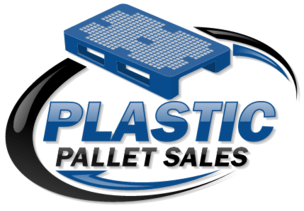
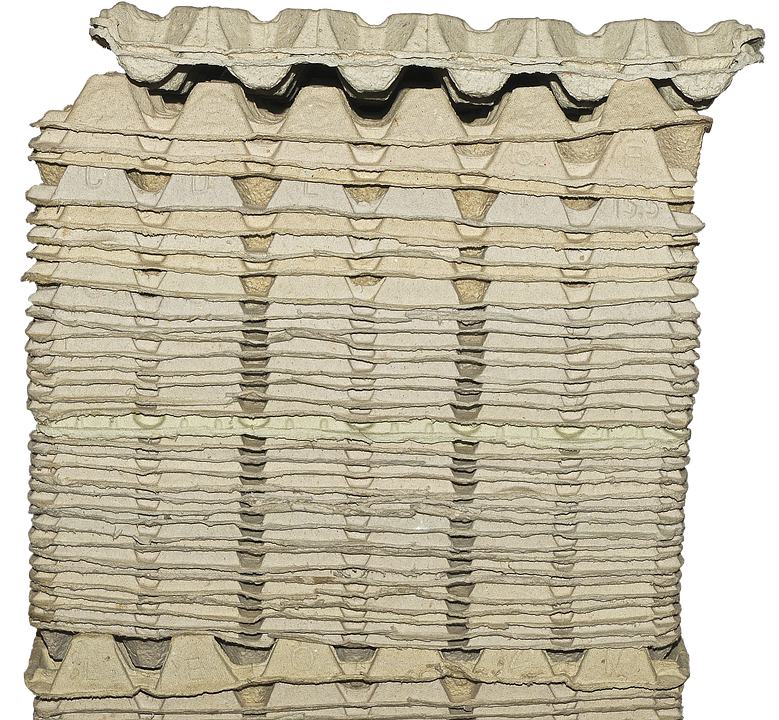
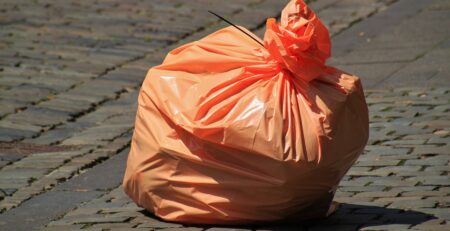
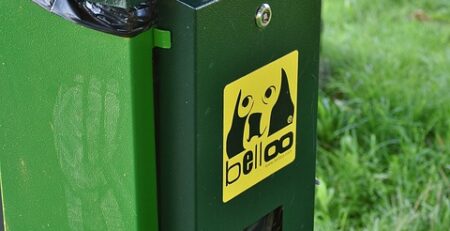

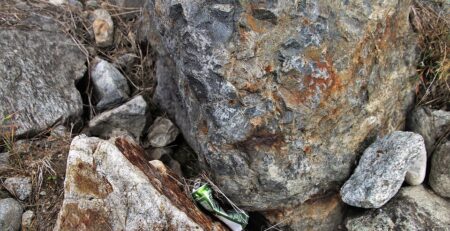
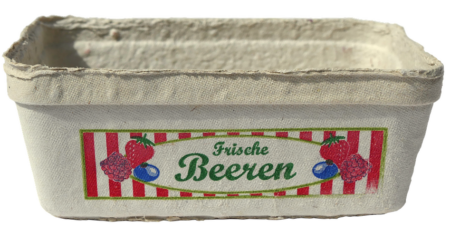
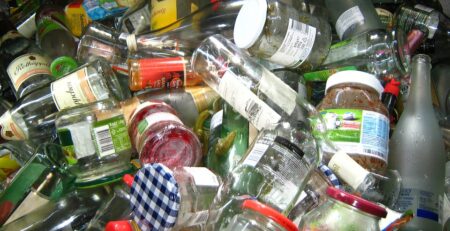
Leave a Reply
You must be logged in to post a comment.